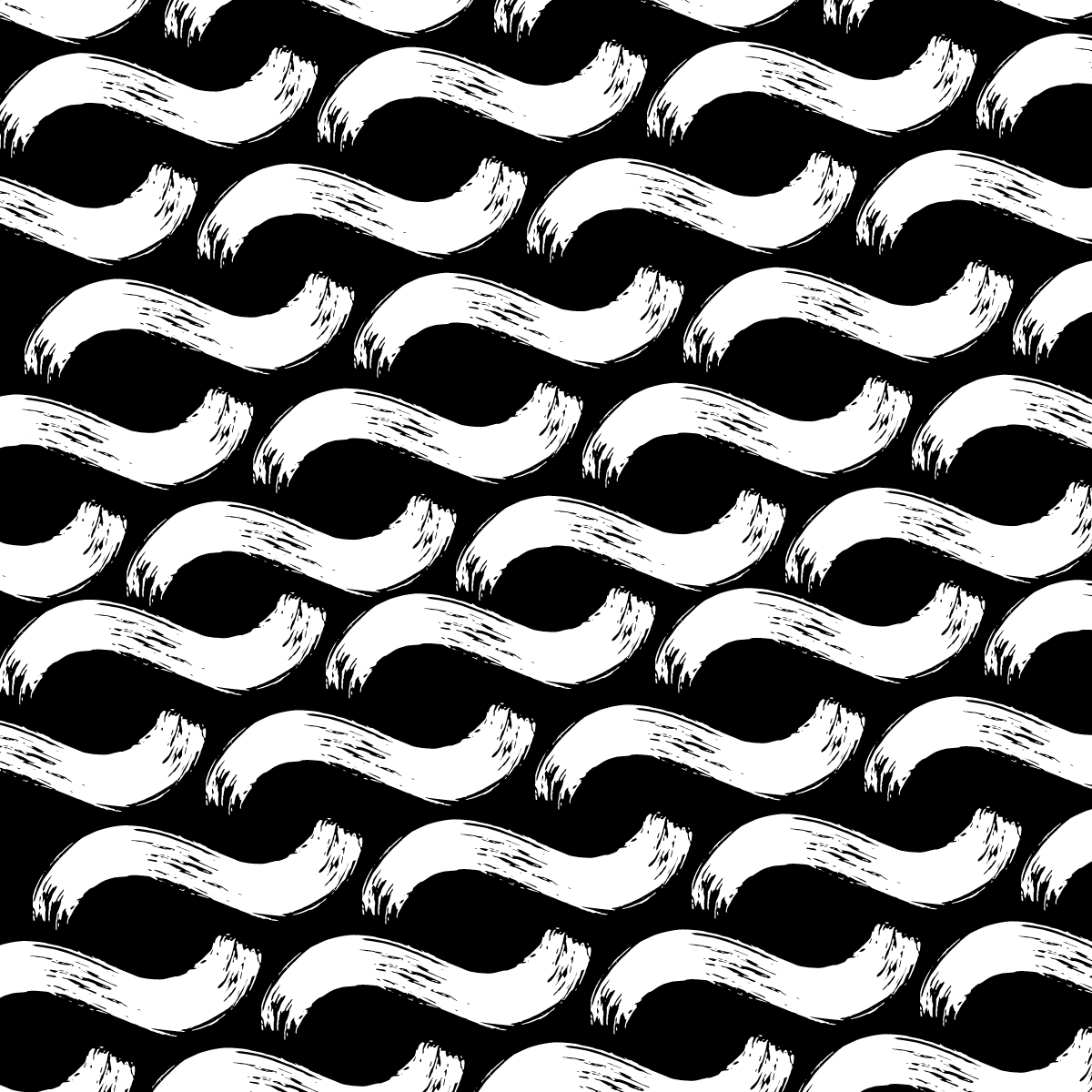Nameless Characters
Nameless
Characters
How to avoid character bias in writing
Lilian Galea
Bias permeates every aspect of our society, but how can it be prevented, or at least bypassed, in literature?
Here we will explore the literary device of not naming characters, why it’s done and the effects this has on character bias as interpreted by readers. By the end, you will have a clear understanding on the substitution of function for name, the retraction of name as a means of resistance to cultural norms and how these act in prevention of bias. Conversely, how to use namelessness to induce bias will also be examined.
Examples will be taken from Jeff VanderMeer’s Southern Reach Trilogy, Murakami Haruki’s A Wild Sheep Chase and Geoffrey Chaucer’s The Canterbury Tales.
Ageism, sexism, ableism, racism—all and more can be represented in literature through bias. Even the most well-intentioned books can contain subconscious bias towards a section of society. This is because through our every expression we perform the values and views of our own individual section. A famous example of this is Harper Lee’s To Kill A Mockingbird. In an attempt to produce a perception changing novel on race, Lee—a white woman—created black characters based on white values and principles which elicited sympathy and approval ‘acceptable to white standards’. From the unthinking regurgitation of prevalent societal views, to strategic, planned attack; bias in literature ranges from subtle cues to blatant war-time propaganda. Bias is displayed through character behaviour, through the views and values they hold, through the description of a character, through their abilities. When there is a discrepancy between the creator and the character they wish to represent in their work, bias is inevitable. It is pushed on us from childhood, with children’s literature proving to be the most predominant source of bias. Klein summarises this in her article about bias in literature, stating that ‘every dominating class has to develop, from among its very young, the cadres it will need to guarantee the preservation of its privileges … and to instill in them the ideological beliefs which give legitimisation to its position of power’. Even the names of characters will affect reader interpretation and prompt bias, a phenomenon which this paper will expound upon further.
In an American study in 2015, researchers were disappointed to find that when rated upon performance, educators with women’s names were rated more harshly than those with men’s. They did this by setting up online courses, with male and female instructors given identical course material, whose gender had been swapped—unknowingly to the students. The women instructors—including the men under fake women’s names—all scored lower in feedback surveys at the completion of the course. Another similar study gave students identical research articles, the only difference being in the name of the author, with one set being given a woman’s name and the other a man’s. The article was judged more severely by the students who received the woman’s name. Through these studies, it can be seen how unfounded bias can be built and effect a reader’s interpretation of literature and how the removal of a name can lead to its prevention.
One method of removing names in literature is to replace them with the function of that character and subsequently remove any initial bias interpreted by readers. Jeff VanderMeer’s Annihilation—book one of the Southern Reach Trilogy—was recently adapted to film, with one glaring difference. The characters in the film received names. How does this affect a viewer’s interpretation versus that of the reader? Take for example the film character Cass Sheppard. Based purely off this name alone, one can already make assumptions about that character through the implementation of individual bias. The interpretation from this white, female, middle-class essay writer is that Cass is a girl’s name. Sheppard is a Scottish name, therefore probably white.
If she is white and from the UK she is also probably Christian. You could even make a claim for an assumption on age, seeing that Cass is a nickname, less formal, less mature, so probably from a younger individual. This is all based purely off the bias and assumptions fed to one throughout life, and negatively impacts an interpretation of the character. There is not much room now to experience characterisation outside of what is already known. If you were to change the name however, to the author’s intended ‘the anthropologist’, the input we are given drastically changes our interpretation of the character. We can no longer assume gender. While an argument could be made it is not so black and white as ‘this is a girl’s name therefore she is a girl.’ We can no longer assume race or religion, or age other than they must be old enough to have received a degree and a job. What can be assumed through bias is that the anthropologist is educated and that they have an interest in humanity. This gives us more insightful characterisation for this character than the superficial ones imposed upon us via the bias we hold in regard to a name.
Taking it further, VanderMeer purposefully avoided any physical descriptions of his characters as well, wanting the reader to ‘encounter them entirely by what they say and do’. By not describing their age, the colour of their skin or hair, the reader is forced to interpret the character beyond the physical, which ‘pushes the writer and [the reader] and takes [both] to a better place’. As argued by his wife and editor, Ann VanderMeer, ‘you knew who those women were, you knew how they felt and behaved and acted, you knew all that’. It is also worth noting that VanderMeer does not capitalise the function of each character even though it acts as a proper noun, in an effort to even further distance himself from naming conventions. Through the substitution of function as name the author can eliminate preconceived bias and allow for a more insightful initial character interpretation by the reader.
The removal of a name can prevent immediate bias, but to what other depths does it serve the author? For Murakami Haruki the namelessness of his protagonists acts as a subversive undermining of the bias found in the more unyielding aspects of Japanese society. Murakami’s passive and detached characters reject the traditional values held by contemporary Japan by going nameless and referring to themselves only in the male, first person pronoun boku. Japanese implements multiple first-person pronouns, each with its own designations and connotations. There is the formal and unisex watashi, which is associated with classic Japanese literature, in clear contrast with boku which is less formal and lacks pretension. This is indicative of a rising trend in Japanese men’s lifestyle called soushokukei danshi—the herbivorous man. The herbivorous man shies away from the toxic masculinity so idolised in the business sector in Japan. Their lack of ambition is seen as a weakness by older, more traditional Japanese men.
This new breed of masculinity prefers to work on financial gain for security rather than flashy toys and share hobbies and interests with their friends and partners rather than compete and pursue. They are the embodiment of boku, quiet and unassuming, viewing self-isolation as a sign of ‘mental strength’. Murakami’s characters, typically ‘placid and withdrawn’, with their boku pronouns and non-traditional paths, here reflect Murakami’s dislike of the ‘carnivorous’ salarymen who work for ‘the system’. Murakami believes that ‘the system’ deprives one of their individuality and ability to create and has shunned that life himself to the point of being ostracised within his own society. Importantly, while subverting bias, Murakami’s implementation of namelessness as a literary device adds characterisation to his characters. Boku as a pronoun, when considered for its contemporary social relevance, is seen to add yet another level of meaning. Used with prevalence during the student counterculture movements of his youth, Murakami’s interpretation of boku comes packed with complexities of self-reliance and pacificism. By not naming his characters, Murakami subverts bias from the society he writes for and adds characterisation through complexity of meaning.
“The removal of a name can prevent immediate bias, but to what other depths does it serve the author?”
Alternatively, by not naming characters one can evoke bias in the reader through class distinction. By naming characters by function, specifically in a setting of extreme class bias, one is led to draw divisions between characters from only the connotations associated with their name. This is evident in Chaucer’s The Canterbury Tales, a collection of stories told by participants of a pilgrimage. Each character is introduced, not only by function but in a hierarchy highlighting both the moral and social position they would have held in contemporary society. For example, the Knight is the first character introduced indicating that he is of high social and moral stature.
Chaucer depicts three distinct class categories in The Canterbury Tales, of degree, moral elevation and function. The first, degree, is the ‘social locus’ of the individual. Imagined as a ladder, one can climb to a higher social rank—or fall to a lower—based off their actions, indicating the possibility for social mobility. People are expected to act appropriate to their degree otherwise face the social consequences, which in turn encourages biased expectations from the reader. The second is indicative of moral elevation. Offered in a binary, we are presented with ‘the gentleman and the churl’. While it can be mostly interpreted as the top rung of the social degree ladder and the bottom, Chaucer manipulates the understanding of the concept by introducing a knight who commits rape in one of the pilgrims’ stories. The Knight in question is at once high in social degree but is depleted morally, putting him in the position of churl. The churl, consequently, is now the subject of the reader’s negative bias.
The third distinction is that of function portrayed in a system comprised of three parts; the knights, the clergy and the ploughmen. The knights represent law and order, while the clergy represent spirituality and the ploughmen represent food and sustenance. Common in medieval Europe, this function system covered all aspects of average civilian life, maintaining the microcosm of each town or village. It is to be noted that this was a purely functional division of class and was not specified by the wealth of the individual. These three divisions help categorise the function— name—of each character in The Canterbury Tales, enforcing bias in the reader’s interpretation. Through the substitution of name in The Canterbury Tales for function, bias, rather than be eliminated, is enforced via the extreme classism evident in the contemporary society in which it is written.
conclusion
In conclusion, names in literature carry more weight than one would initially assume. The bias we are raised on, derived from each individual’s societal views and values and the place they hold there, heavily influences their interpretation of a character based on name alone. This can be circumvented as seen in examples where authors substitute name for function in an effort to have readers engage with the character on a more insightful level devoid of superficial assumptions. Namelessness as a literary device can also be used to subvert cultural bias and expectations, creating characterisation through complexity of meaning. Alternatively, bias can also be created through the use of function as name, drawing on class divisions to manipulate reader interpretation. Bias can limit our interpretations of characters and lead to shallow and superficial readings of literature, but by implementing namelessness we can allow for more insightful understandings.







